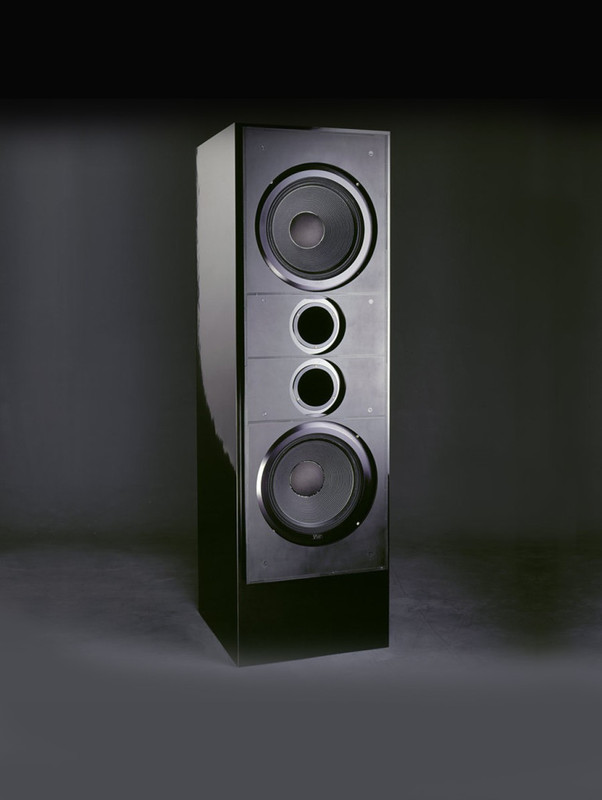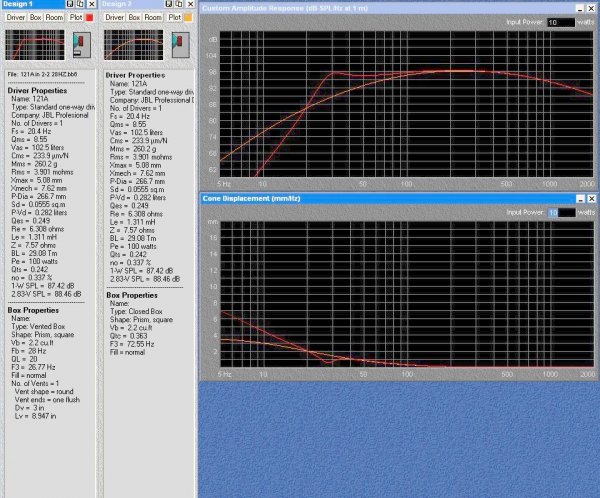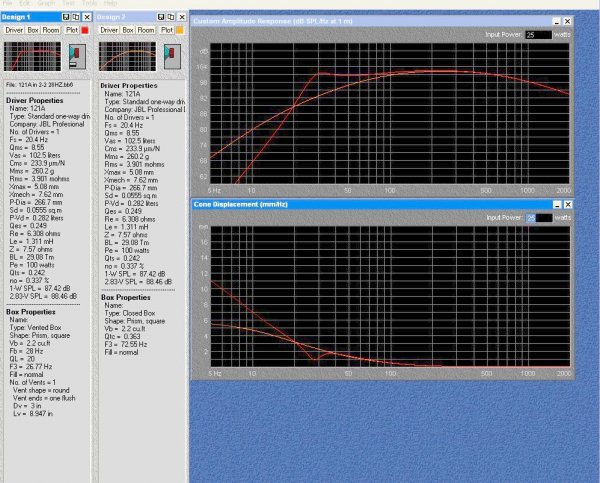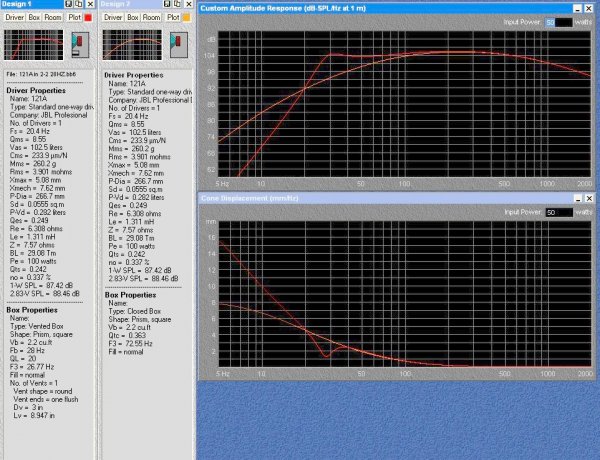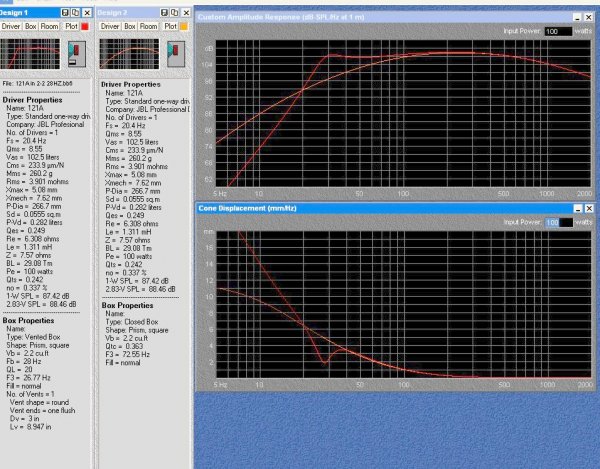So where does this leave us with integrating ported subwoofers with sealed full range speakers?

This will all just be one person's opinion.
Imo all you really need be concerned with is getting a good blend in the frequency response domain.
At low frequencies, the phase response of a loudspeaker system only matters to the extent that it affects the in-room frequency response. This is because the ear has very poor time-domain resolution at low frequencies. The frequency response is what matters most, and the room has a very large effect on the frequency response of the mains and of the sub(s) at low frequencies.
So we are blending “mains + their room interactions” with “subs + their room interactions”. Whether the mains or subs are sealed or ported may affect how much knob-twiddling you end up doing to dial in a really good blend, but ime the basic process is the same and the end goal is the same regardless.
In other words, assuming suitable equipment, I don't see any significant hurdles to integrating ported subs with sealed mains or vice-versa.
By way of example, the subwoofer system I sell has multiple pluggable ports and whether some, none, or all of the ports are open makes no difference in the setup procedure, and may or may not make a small difference in the control settings. (And I have happy clients who have successfully paired this sub system with sealed, ported, dipole, transmission line, and horn-loaded main speakers.) Often clients experiment with plugging or unplugging one or more ports AFTER the initial set-up is complete, and/or reversing the polarity of one of the four subwoofer units. Sometimes a bit of subsequent tweaking of the controls is called for, but not always. (The woofers I use have enough linear excursion so that's not an issue in normal use.)
For those drawn to the nerdier side of things: At low frequencies speakers + room = a “minimum phase” system, which means that the frequency response tracks the time-domain response. Thus a bump in the frequency response corresponds with a longer decay time. So we might ask this question: When we hear the bump are we hearing the frequency response problem, or the time domain problem, or both? Well, research indicates that what we are hearing is the frequency response problem; that the time-domain aspect is barely audible at best.
One of the studies is relevant to a discussion of sealed vs ported boxes: Group delay in the range generated by a ported box was synthesized without correspondingly affecting the frequency response. It was found to be barely audible on test tones designed to reveal its presence, and inaudible on program material. The implication is that the perceptual differences between sealed and vented enclosures are at the most barely audible once their frequency responses have been matched. I don't claim this to be a comprehensive analysis of the situation, but I think it tells
most of the story.
* * * *
In my opinion, differences in the in-room bass that people have noticed between ports facing the wall and ports facing the room have more to do with speaker/room interaction (in this case primarily boundary reinforcement) than with the resulting path length differences, which amount to small fractions of a wavelength.















